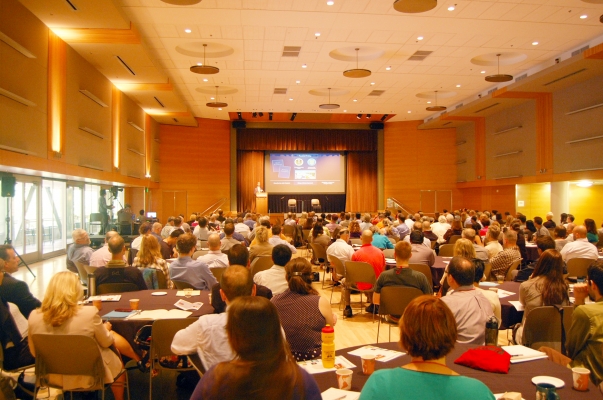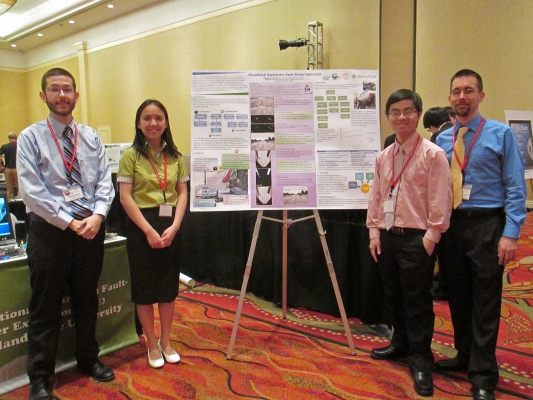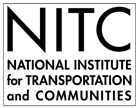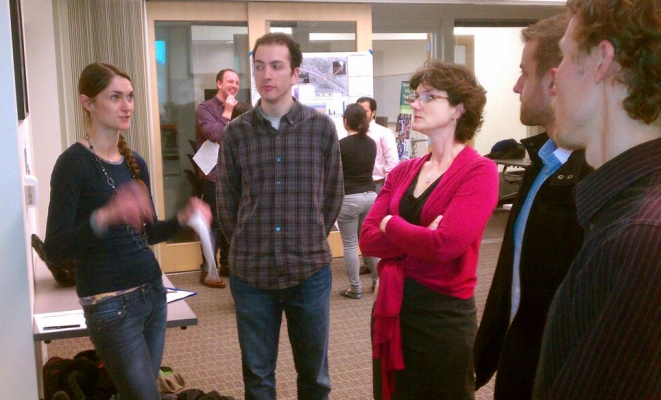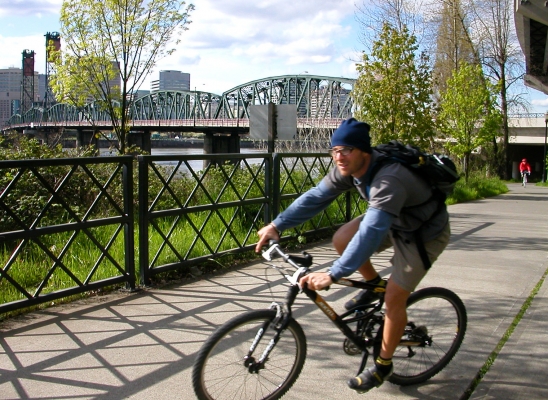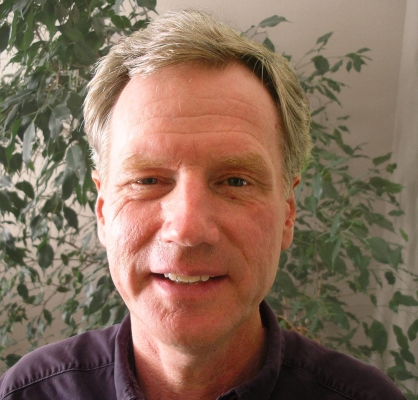What is the highest number of deaths and serious injuries we should accept from our transportation system? For transportation agencies who have long sought to reduce traffic fatalities, a movement to eliminate them completely has gained currency.
This year’s Oregon Transportation Summit brings a strong safety theme, including plenary session and morning and afternoon workshops. Registration for the summit officially opens today.
Register or learn more about the summit, which takes place Monday, Sept. 15.
The 2014 Oregon Transportation Summit opens with a plenary session titled “Envisioning Vision Zero.” Vision Zero is the approach, initiated in Sweden, to not accept deaths or serious injuries as a tradeoff for other goals of the road network. In the United States, a national effort called Toward Zero Deaths grew out of these principles.
Minnesota Toward Zero Deaths has been a leader among state programs, working with partners across jurisdictions and service categories across the state to address roadway deaths and injuries. Sue Groth oversees this effort as the state traffic engineer and director of the Office of Traffic, Safety and Technology for the...
Read more
